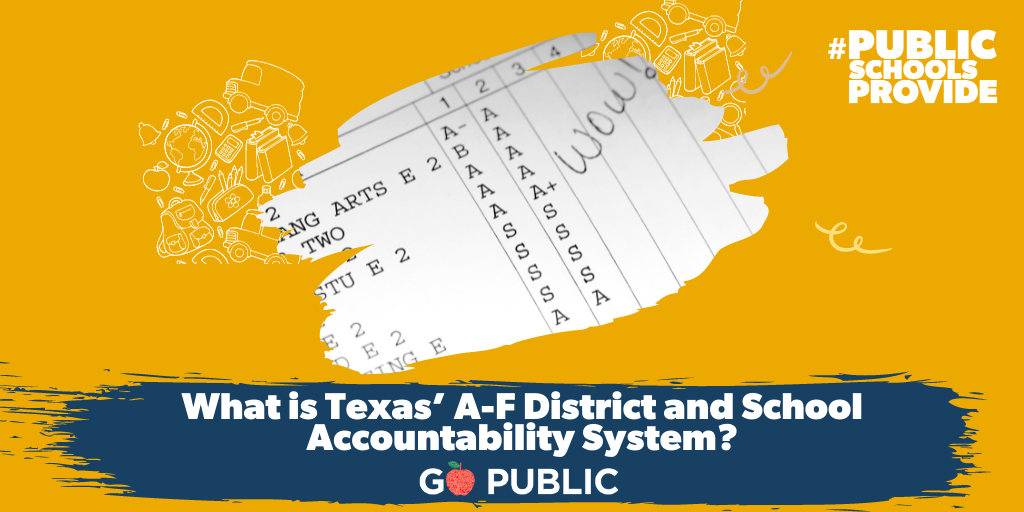What is Texas’ A-F District and School Accountability System?
In 2017 the Texas Legislature passed HB 22 establishing an accountability system to evaluate the academic performance of public schools. The system requires TEA to calculate and assign accountability ratings based on three domains that measure the academic performance of districts. (Source: Texas Education Agency)
Response from “Ask Former Trustees – Clear Creek ISD Chapter” Joanna Baleson, Ken Baliker, Jennifer Broddle, Bob Davee, Glenn Freedman, Ann Hammond, Charlie Pond, Page Rander, Dee Scott, Win Weber
What are the three domains in Texas Education Agency's A-F accountability, and how are they determined?
A) Student Achievement is determined by:
- Elementary/Middle School: STAAR Test (100%); and
- High School: STAAR Test (40%); Graduation Rate (20%); College, Career, and Military Readiness (40%)
B) School Progress is defined as:
- Academic Growth which includes all assessments with a STAAR progress measure. Districts and campuses (including high schools) earn credit for results that maintain performance or meet growth expectations on STAAR; and
- Relative Performance which evaluates the achievement of all students relative to districts or campuses with similar socioeconomic statuses.
C) Closing the Gaps is designed to ensure educational equity by assessing a district’s and school’s ethnic composition, special education population, students who are continuously enrolled and mobile, English language learners, and economically disadvantaged students.
How is a letter grade assigned? Each of the three domain results is weighted, combined, and then reduced to the final “Grade.”. (Ref: Texas Education Agency )
Objections to the A-F accountability system
Why is there any objection to this system? Similar accountability models have been tried and rejected in other states. Objections to this accountability model relate to the methodology and the reduction of a complex process to simplistic, misleading letters scores. For example, the model:
a. Relies heavily on a once-a-year standardized, fill-in-the-bubble tests by half the student population;
b. Assigns a label published months after the data is measured, thereby providing no information to improve individual student growth;
c. Is so complex that few outside of TEA understand or can explain it, yet TEA reduces this complexity down to a single letter;
d. Holds districts and schools accountable for factors they do not control, such as school readiness;
e. Is a snapshot of academic growth, rather than an indicator of growth over time;
f. Provides no methods to diagnose systemic problems or provide strategies for improvement. Further, the letter score has no relationship to any individual student;
g. Punishes schools for having poor or at-risk students; and
h. Affects people’s perceptions of neighborhoods and municipalities, as there is a tendency to overgeneralize the significance of the letter score
How should districts and schools be held accountable?
One successful strategy may be to use a system meaningful to student growth, such as a more comprehensive assessment model. This model could include the data from TEA + a community assessment model + plus a requirement for a district and school to provide a timely and an individualized growth plan aligned to the district’s strategic plan. For example, Clear Creek ISD already does this.























